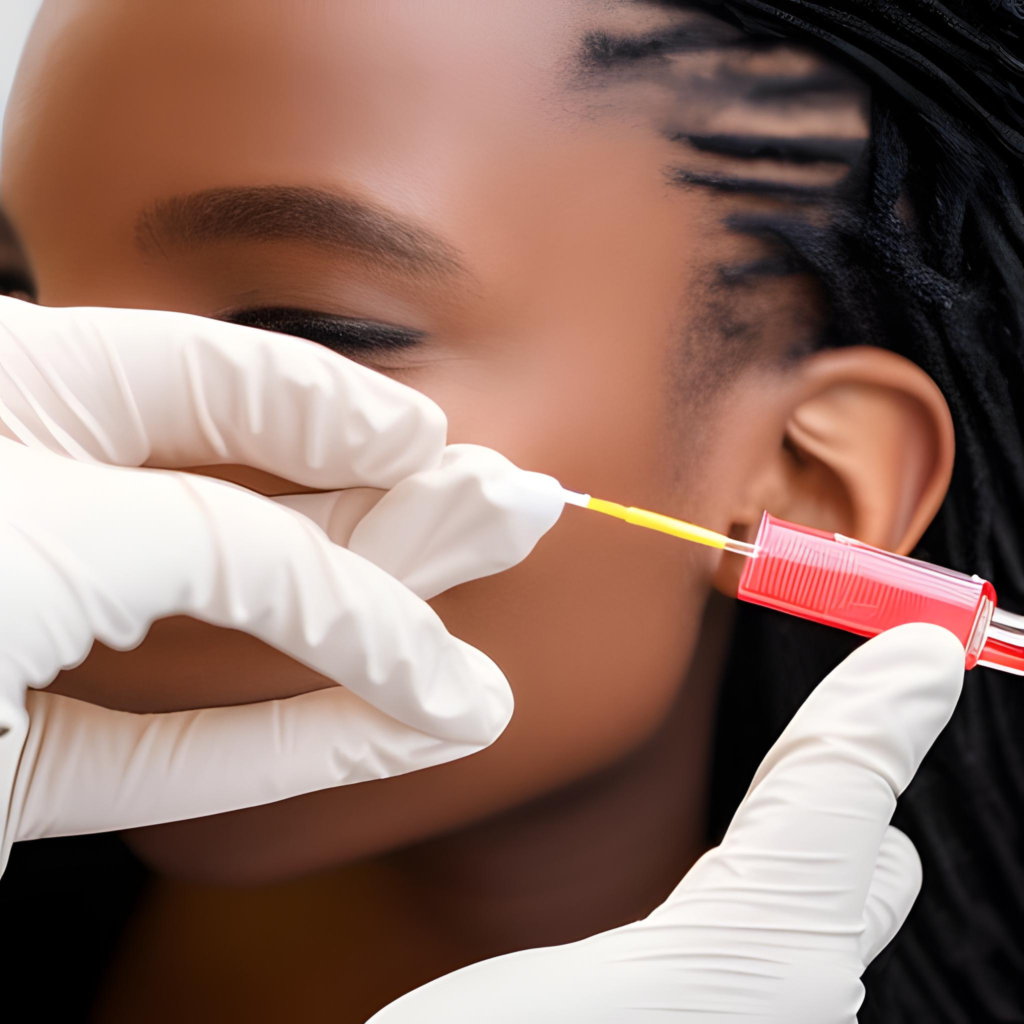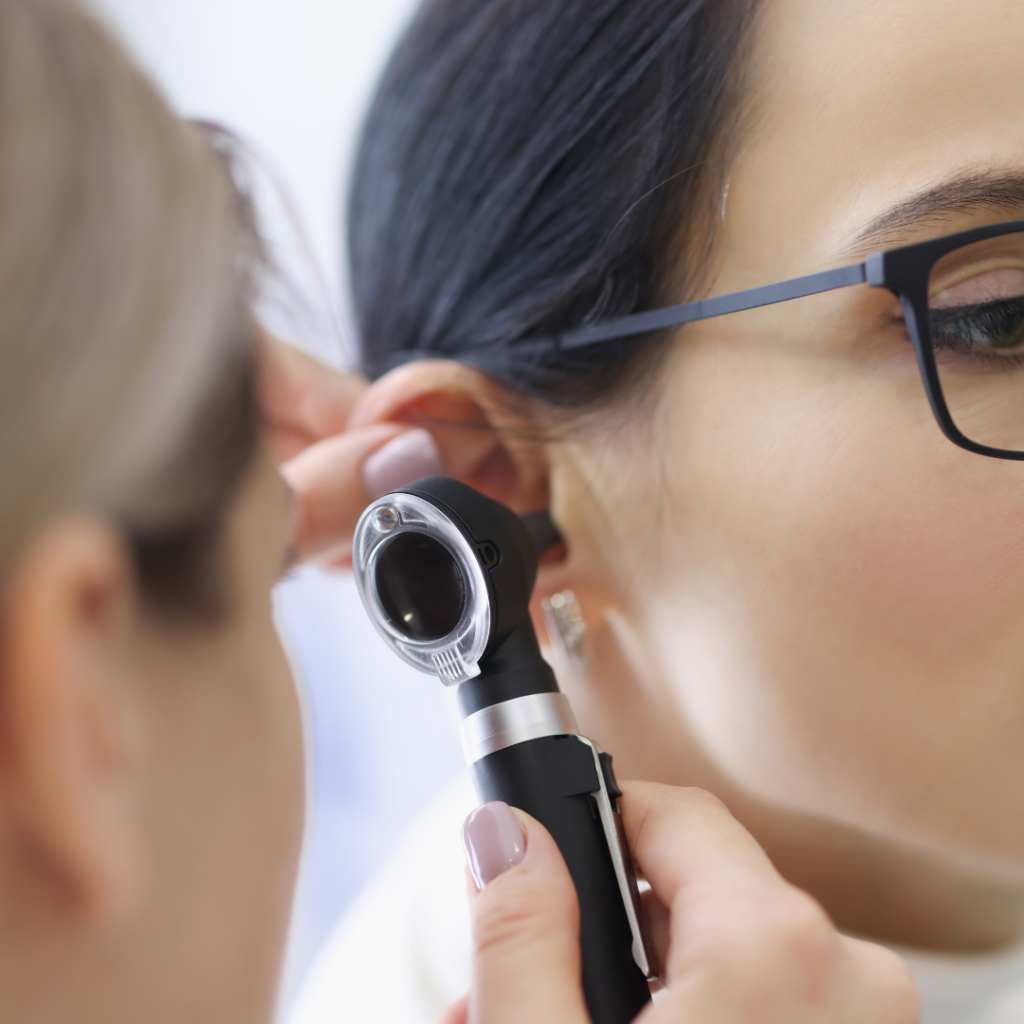
Ear wax buildup is a common problem that affects many people. This excess ear wax can cause discomfort, hearing problems, and even infections if left untreated. Fortunately, there are safe and effective ways to remove ear wax, including massage techniques that can be done at home. In this article, we will provide you with 5 simple steps on how to massage ear wax out safely and effectively.
Before we dive into the step-by-step guide on how to massage ear wax out, it’s important to understand some information about the ear canal. The outer part of the ear canal is lined with skin glands that produce cerumen or what we commonly call ‘earwax’. Earwax plays an essential role in protecting the ear and ear drum from foreign particles such as dust and bacteria and to keep the ear canal healthy, it also prevents some inner ear infections.
However, when excessive ear wax accumulates in the canal, it can block sound waves from reaching the eardrum which affects our hearing ability. Therefore, knowing how to properly remove earwax is crucial for maintaining good ear health.
Understand the Ear Canal

To effectively remove ear wax through massage, it is imperative to first understand the anatomy and physiology of the ear canal.
The ear canal is a tube-like structure that extends from the outer ear to the eardrum. It is lined with hair follicles and glands that produce cerumen or ear wax. Ear wax serves as a protective barrier against dust, dirt, and other foreign particles that may enter the ear canal.
To massage out ear wax using warm water or hydrogen peroxide solution, it is important to know that excessive cleaning can lead to further complications such as infection or even damage to your ear, especially to the delicate tissues lining the inner ears. Therefore, it is essential not to insert any objects such as cotton swabs or bobby pins into the ear canal during this process.
Instead, gently massage your ear to avoid trauma or injury to your ears during the removal of excess wax buildup using either method.
Tools Needed

To effectively remove excess stubborn ear wax which caused the blockage, appropriate tools such as a bulb syringe, ear drops, or irrigation kit should be used. These tools are designed to safely and comfortably clear out earwax build-up from the ear canal. It is important to note that using improper tools or techniques can lead to injury or further impaction of the wax.
When considering which tool to use to get rid of earwax, it is important to consult with a healthcare professional first. Here are some commonly used tools to remove ear wax at home:
– Bulb Syringe: This tool uses suction to gently remove excess wax from the ear canal.
– Ear Drops: Over-the-counter ear drops can help soften impacted wax, making it easier to remove. Be cautious when using these drops and always follow the instructions carefully such as the way you need to tilt your head and how many drops showed be applied.
– Home Remedies: Some people may opt for natural remedies such as olive oil or hydrogen peroxide as an alternative way of softening and removing wax from their ears. However, it is important to note that these remedies may not always be effective and could potentially cause harm if not used correctly.
Using cotton swabs (q-tips) is NOT recommended as they can push the wax further into the ear canal, causing more issues. When in doubt, seek professional advice before attempting any form of self-care for your ears.
Preparation

Before attempting at-home removal of earwax, it is important to properly prepare and equip oneself with the appropriate tools and knowledge.
One of the first steps in preparing for earwax removal is to soften the wax. This can be done by using a few drops of baby oil or mineral oil in the affected ear. These oils help to loosen the wax and make it easier to remove.
Another important aspect of preparation for earwax removal is having the right tools on hand. A bulb syringe or irrigation kit can be used to gently flush out softened wax from the ear canal. It’s also helpful to have a clean towel or cloth nearby to catch any excess wax that may come out during the process.
Before beginning, it’s important to take note of any discomfort or pain in the ears, as this may indicate an underlying issue that requires medical attention. Once all necessary preparations are made, one can gently massage around the affected ear in a circular movement before proceeding with removal methods.
How To Massage Ear Wax Out? Step-by-Step Answer

Proper execution of earwax removal requires a systematic approach that involves softening the wax, preparing the appropriate tools, cleaning around the ear and the earlobe and taking note of any discomfort or pain in the ears, which we have already discussed in our previous points.
1- Starting with the preparation of the needed kit and understanding the technique you will use.
2- Then, it is essential to soften the earwax before attempting to remove it. This can be done by using specific ear drops, a few drops of mineral oil, glycerin, or hydrogen peroxide to loosen the ear wax.
3- Allow the solution to sit for 5-10 minutes before proceeding.
4- Once you have softened the earwax, it’s time to massage the ear gently. Use your index finger or thumb to make circular motions around your outer ear canal while pulling your outer ear back slightly. This will help move the softened wax towards the outer part of your ear canal.
5- Finally, it can be easily removed with a cotton swab or an ear spoon.
N.B: Remember not to push too hard as doing so may cause damage to your inner ear and lead to hearing problems in future.
By following these simple steps for removing excess wax from ears and massaging them using a gentle circular motion technique, you can ensure optimal hearing health without causing any harm or discomfort!
Tips To Follow After Massage Removal Of Ear Wax
Following the removal of excess earwax, it is important to take necessary precautions to prevent reoccurrence and promote ear health. One effective way to do this is by practising regular ear cleaning. This not only helps in maintaining good hygiene but also prevents the build-up of wax inside the ear canal.
After massaging out excess earwax, it is advisable to use clean cotton swabs or a soft towel to gently remove any remaining debris from the ears. It is essential not to push any foreign objects into your ears as this may cause damage and further complications.
Additionally, avoid using oil-based solutions or drops as they can trap more dirt and debris inside the ear canal leading to infection and other issues. By following these aftercare tips, you can ensure that your ears remain healthy and free from excessive wax buildup.

Frequently Asked Questions:
Can ear wax buildup cause ear canal blockage and hearing loss?
Ear wax buildup can cause hearing loss if it becomes impacted or blocks the ear canal. This can lead to temporary or permanent hearing impairment and may require medical intervention to remove the buildup safely.
Is using Q-tips or cotton swabs safe to remove ear wax?
Using Q-tips or cotton swabs to remove ear wax is not recommended as it can push the wax further into the ear canal, leading to impaction and potential hearing loss. It is best to consult a healthcare professional for safe removal methods.
Can ear candles effectively remove ear wax?
Ear candles are marketed as a natural and safe way to remove ear wax; however, there is no scientific evidence to support their effectiveness. Furthermore, the use of ear candles can be dangerous and lead to injury or infection. It’s best to stick with proven methods recommended by healthcare professionals.
Are there any risks associated with massaging ear wax out?
The risks associated with massaging ear wax out include potential damage to the ear canal or eardrum, and pushing the wax further into the ear. Seeking professional help or using over-the-counter remedies is recommended to remove too much wax safely from your ear.
How often should you clean your ears to prevent ear wax buildup?
To prevent ear wax buildup, it is recommended to clean your ears with warm water regularly. However, excessive cleaning can lead to irritation and damage to the ear canal. It’s best to consult with a healthcare provider on how often you should clean your ears.
For More Information Check This Video
Bottom Line
Excess ear wax can be a common problem that causes discomfort and hearing problems. Knowing how to safely and effectively massage ear wax out is essential for maintaining ear health. Understanding the anatomy of the ear canal and having the appropriate tools on hand are crucial steps in preparing for this process.
Following a step-by-step guide that includes gentle massaging techniques can help remove excess wax without damaging the delicate structures of the inner ear. It’s also important to take proper aftercare measures, such as avoiding water exposure and over-the-counter remedies, to prevent further build-up.
Overall, learning how to safely massage ear wax out can improve overall ear health and prevent potential complications. By following these simple steps and taking proper precautions, individuals can alleviate discomfort and maintain optimal hearing function.
Related Articles:
How To Know If Toenail Fungus Is Dying? 7 Signs!
